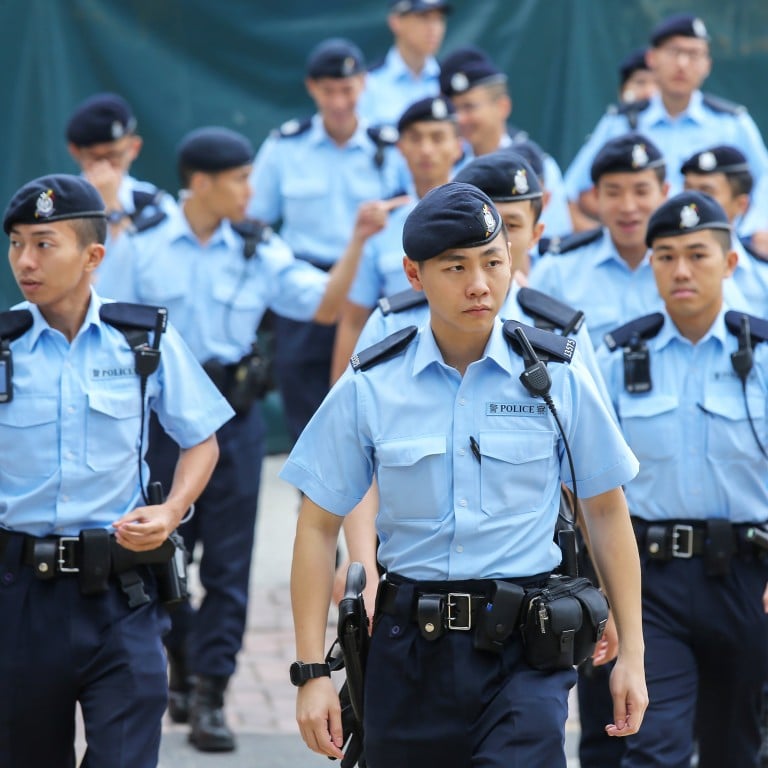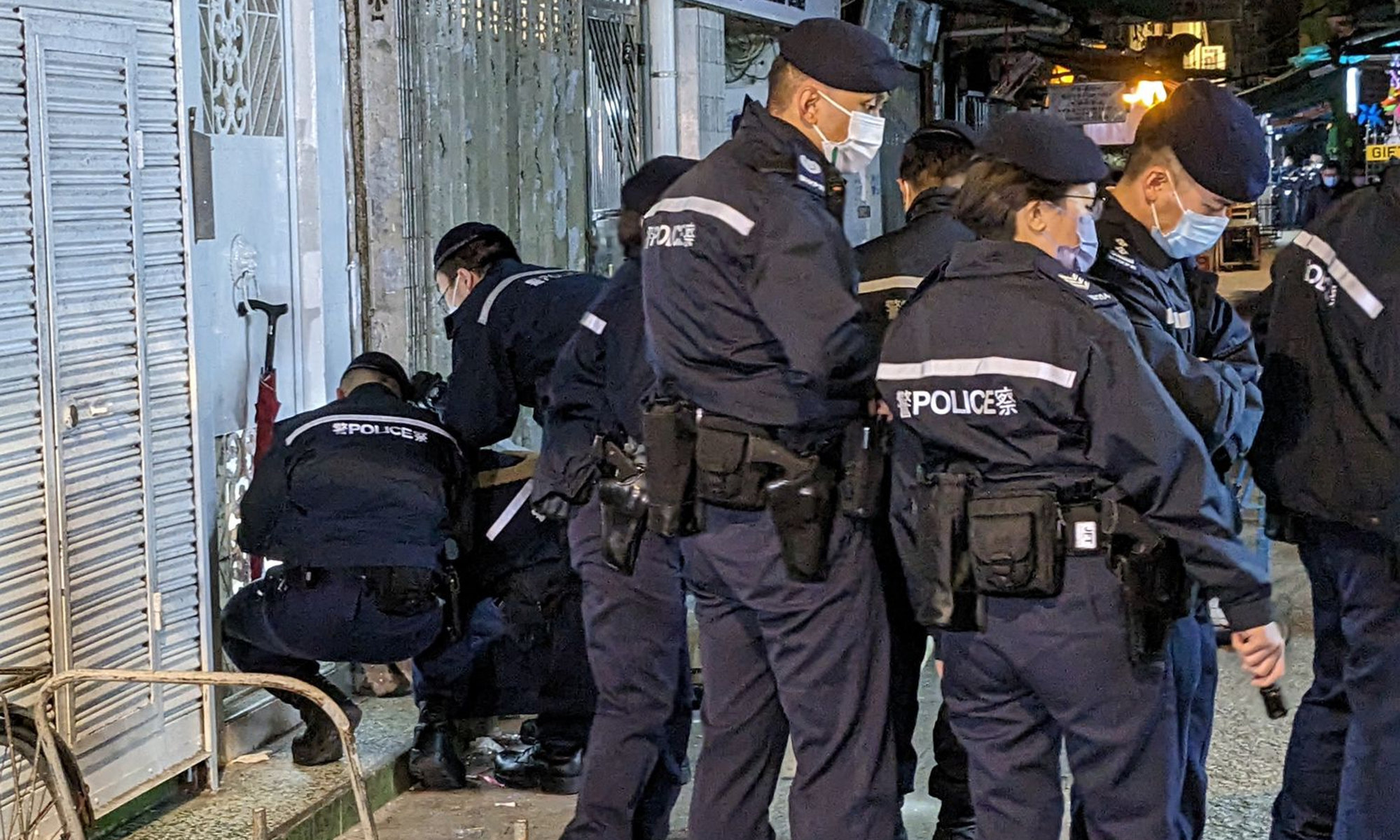
Explainer | When can police open fire? Hong Kong’s Peng Chau shooting sparks debate on officers’ use of firearms
- Officer fired three rounds at alleged attacker while investigating routine noise complaint on Tuesday night
- Post looks into police protocols and training, including past controversies
The force said the Filipino suspect, 43, who reeked of alcohol, assaulted the policeman, grabbing his neck so forcefully that the move drew blood, before pushing him down a flight of stairs and chasing him to beat him.
The suspect underwent surgery and was recovering. The man and another Filipino, 33, were arrested for assaulting and obstructing police.
The incident on the outlying island sparked debate on when officers should open fire, and whether it was necessary in this case.
The Post explores police protocols and relevant firearms training.

1. How do officers decide they can open fire?
In Hong Kong, guns are not easily obtainable. Anyone wanting to own a firearm is required to apply for a licence from the police commissioner.
The Police General Orders state officers may shoot to protect anyone, including themselves, from death or serious injury. They can also use lethal force against anyone believed to have committed a serious or violent crime and who is evading arrest.
Firearms may also be used to quell social unrest, provided there are no other less-potent means available.
In 2019, rules in the Force Procedures Manual were eased, stipulating that officers can open fire if faced with “assaults to cause or likely to cause death or serious bodily injury”. In the previous version, the use of firearms was only allowed when officers faced “assaults intended to cause death or serious bodily injury”.
The manual and the chapter in the Police General Orders concerning the use of firearms are not available to the public.
Shooting of Hong Kong schoolboy ‘totally appropriate’, state media says
2. How are officers trained in the use of firearms?
The government has stressed that police have stringent rules and guidelines on the use of firearms. Officers will give verbal warnings as far as circumstances permit. Wherever practicable, the targeted individual should be given an opportunity to obey police orders.
An officer is trained to aim at the centre of the largest visible body mass of a target upon making the decision to fire. A person shot in the limbs can still pose a threat to others, according to the manual.
In the Peng Chau case, police said the officer in question gave verbal warnings before firing the shots.
Hong Kong protester shot trying to take policeman’s gun given 6 years in jail
3. Which cases have been controversial over the years?
In addition to several incidents involving officers discharging firearms during anti-government protests in 2019, there have been about 20 cases since 2007, involving the deaths of five suspects, with six others injured.
A shooting in March 2009 that killed homeless Nepali Dil Bahadur Limbu, 30, was one of the most controversial cases. The officer involved said in the Coroner’s Court that Limbu had attacked him with the legs of a chair when asked for identification on a hillside in Ho Man Tin.
The officer felt his life was threatened and fired two shots after failing to subdue the man with his baton and pepper spray. In May 2010, the jury ruled the death resulted from a lawful killing.
During the social unrest in 2019, protester Tsang Chi-kin, who was 18 at the time, was shot in the chest in a clash in Tsuen Wan, becoming the first anti-government demonstrator shot with live ammunition. He was said to have attacked the officer who opened fire.
Tsang later recovered and tried to pursue a personal injury claim from police but was turned away by the Legal Aid Department, which said the shooting was reasonable.
Dramatic clip captures police shooting after wild car chase in Hong Kong
4. Is the Peng Chau incident justified?
Junior Police Officers’ Association chairman Lam Chi-wai stressed that only the officer involved in the case knew best about threats at that particular moment.
He reiterated the force had strict protocols on the use of firearms, and officers must receive regular refresher training. “I believe the danger against his life was grave so he made the difficult decision to open fire,” he said.
Lawmaker Doreen Kong Yuk-foon said police should be more accountable and release further details to clear public doubts, with people questioning how the handling of a noise complaint could have ended up in a shooting.

